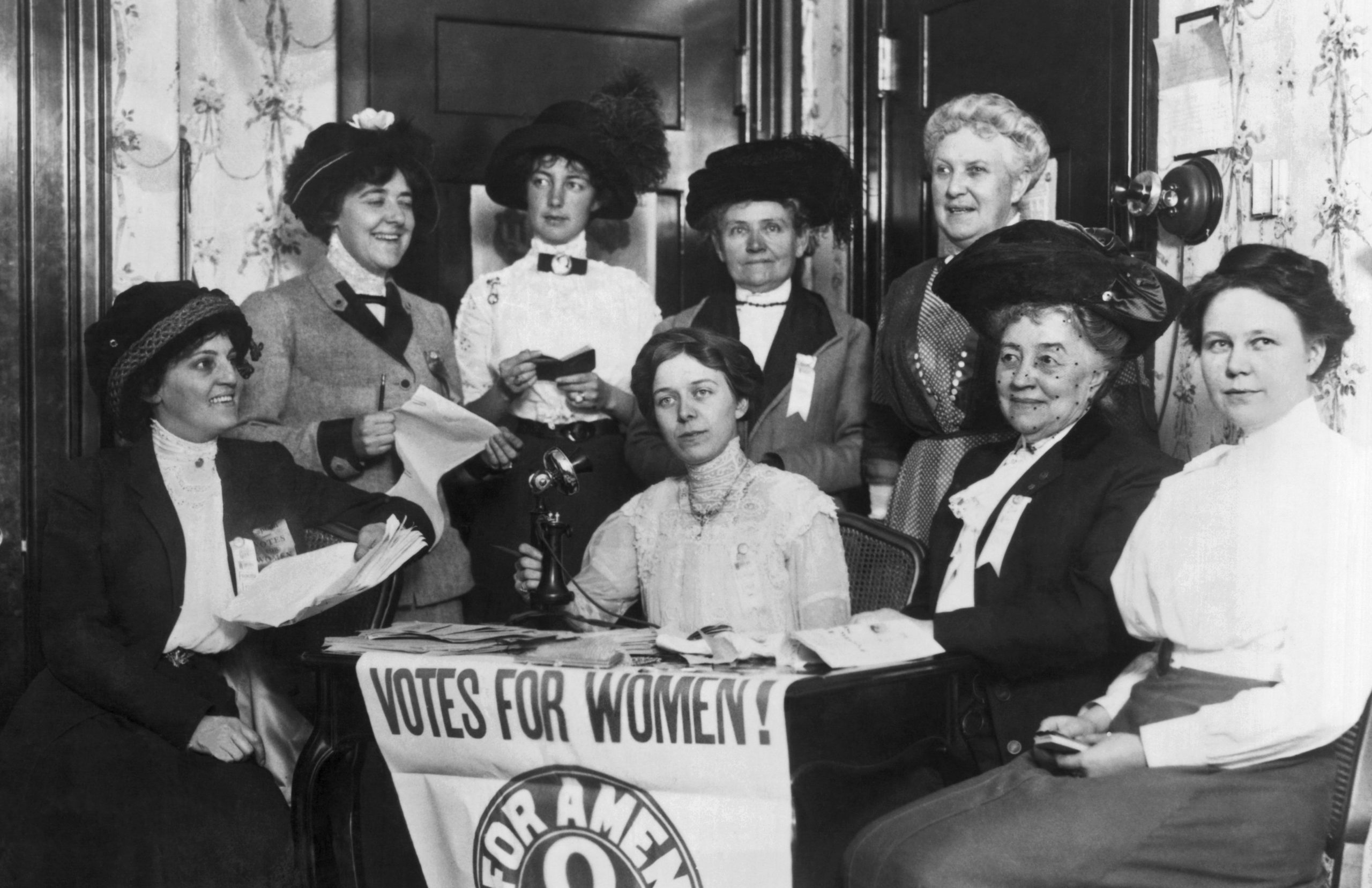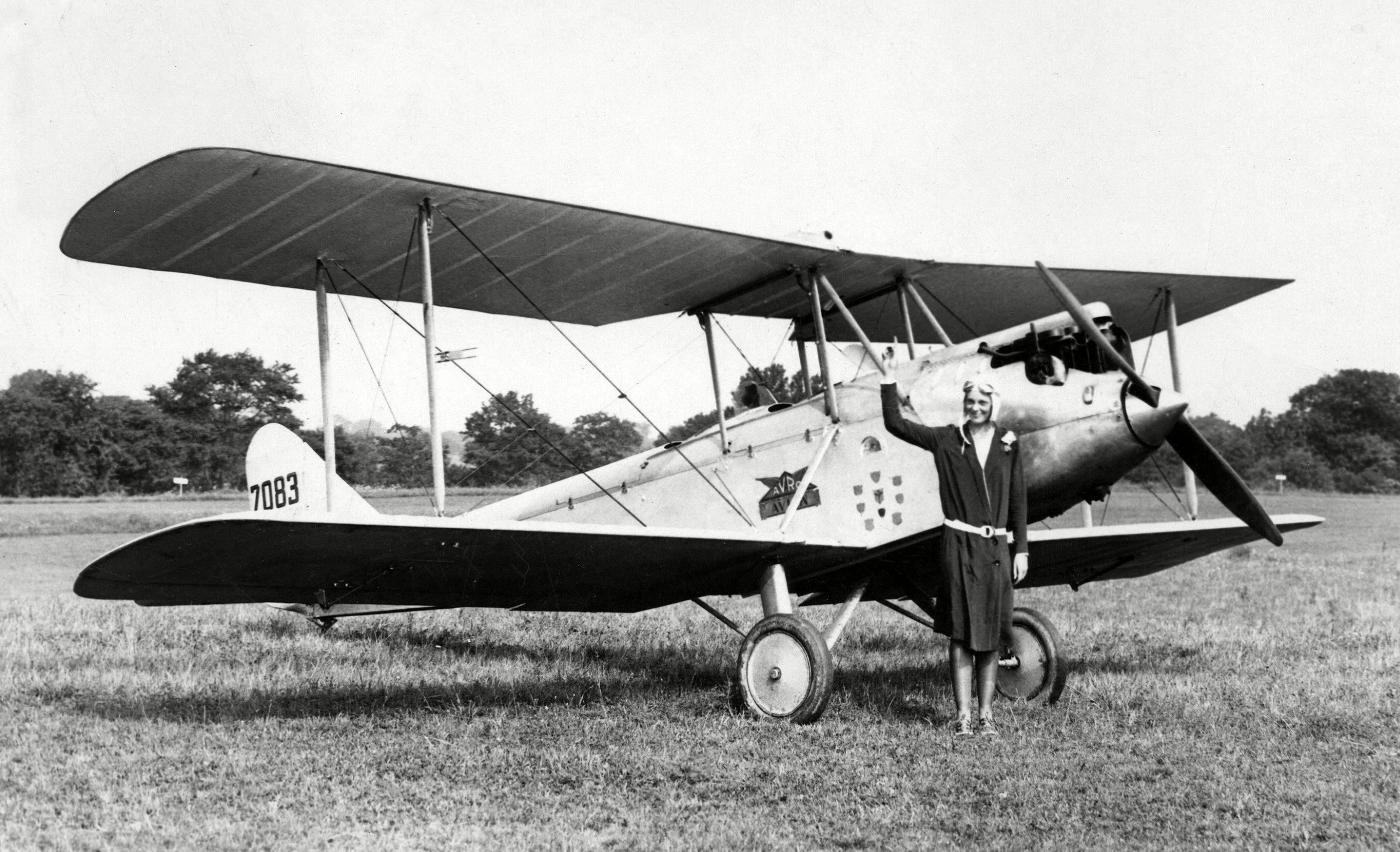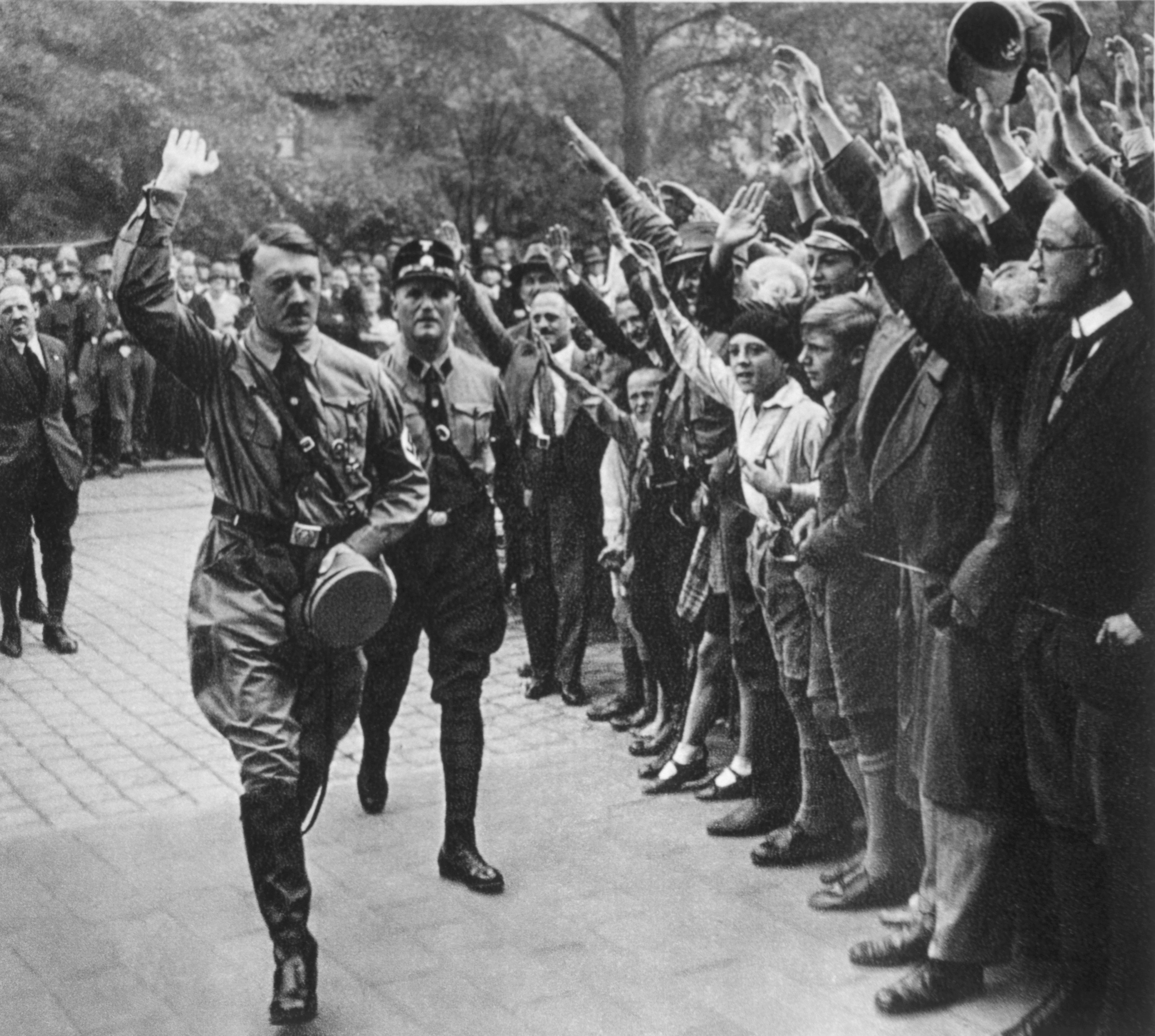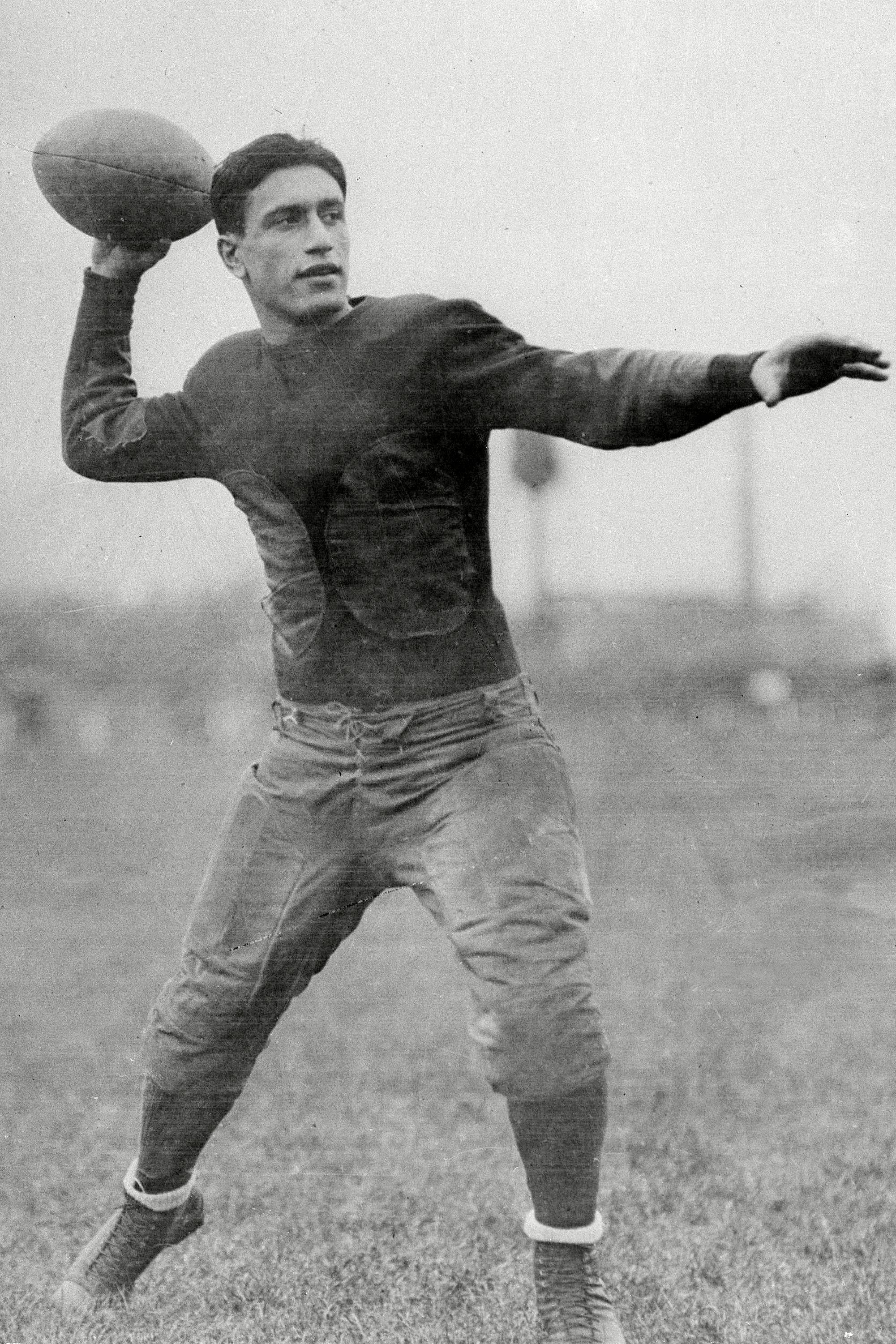Things that happened in 1920 go way beyond flappers, jazz and homemade hooch

20 Surprising Things That Happened in 1920


A woman was running the United States
Even though women couldn’t vote throughout most of 1920, in effect there was a woman running the country that year. What gives? In 1919, President Woodrow Wilson suffered a debilitating stroke—but the government felt it was in the country’s best interest to keep things quiet. The public didn’t learn about the stroke for months, during which time his wife, Edith Wilson, was making most executive decisions. Historians now say that Mrs. Wilson was effectively the U.S. President during the remainder of Wilson’s term—a conspiracy theory that turned out to be true.

A mom convinced her son to let women vote
The 19th Amendment to the U.S. Constitution, which granted some women the right to vote, had been kicked around in Congress for years. (Some states had already granted women the vote.) But the federal right was finally ratified on Aug. 18, 1920, when Tennessee signed on, becoming the 36th state to do so (as was required to ratify a Constitutional amendment). What you probably don’t know is that Tennessee’s deciding vote was cast by 24-year-old Harry T. Burn, who was following his mom’s advice “to be a good boy.” His vote was the 50th out of a possible 99, which made it the one that pushed the ratification over the needed threshold. Now that’s what we call a close call!

The country elected the wrong president for the right reasons
The first presidential election in which women had the right to vote was the race between Republican Warren G. Harding and Democrat James M. Cox, in November 1920. Harding was elected by a landslide, and some say that was due in large part to his staunch pro-woman stance. Sadly, Harding’s presidency has been roundly criticized, and he died suddenly on Aug. 23, 1923, before he had a chance to complete his first term. Ironically, there are some who believe Harding was murdered … by his wife—one of the enduring presidential mysteries that were never solved.

It became illegal to sell booze … but not to drink it
The 18th amendment to the Constitution, which banned the sale of “intoxicating liquors,” went into effect on Jan. 16, 1920. Prohibition closed down every tavern, bar, and saloon in the United States, and took liquor off the shelves of every store, but it didn’t stop Americans from drinking. That’s because the Amendment didn’t make it illegal to drink alcohol. As a result, the liquor trade was driven underground, where it was controlled by criminals like Al Capone until 1933, when the amendment was repealed.

America said no to the Treaty of Versailles
World War I unofficially ended in 1918 with Germany’s surrender, though the war didn’t formally end until 1919 with the signing of the Treaty of Versailles. Some believe these harsh reparations against Germany laid the groundwork for World War II. The United States refused to sign it, but whether that absolves the U.S. or implicates it in the complicated chain of events that led from the treaty to World War II remains the subject of debate.

The League of Nations was founded … without the United States
The precursor to the United Nations, the League of Nations, was founded in January 1920 in order to mediate international disputes before they rose to the level of another world war. While President Wilson had been instrumental in creating the League, the United States never actually joined it. In fact, nine days after its establishment, the U.S. Senate officially voted against joining.

The ACLU was founded
On Jan. 2, 1920, federal agents broke into the homes of suspected anarchists without search warrants and rounded up thousands of citizens suspected of being “dangerous to American security.” Most were deprived of due process, and many were deported. Although it wasn’t the first such raid (known as the Palmer Raids, after Attorney General A. Mitchell Palmer, who was instrumental in making them happen), it was the one that led to the founding of the American Civil Liberties Union (ACLU).

A deadly terrorist incident took place on U.S. soil
On Sept. 16, 1920, a bomb exploded in front of the Wall Street offices of J.P. Morgan & Co., killing 38 and injuring hundreds. Those responsible for the bombing were never identified with any certainty, nor was a motive. Some believed the bombing was an attempt to assassinate J.P. Morgan himself, while others believed it was an attempt to punish the company for having profited from World War I. Most of the finger-pointing, however, was focused on the same sort of people targeted by the Palmer Raids.

The Sacco and Vanzetti case captivated the nation
On April 15, 1920, a paymaster for a shoe company in South Braintree, Massachusetts, was shot and killed along with his guard, and whoever did it absconded with $15,000 (which would be worth considerably more today). Two Italian immigrants, Nicola Sacco and Bartolomeo Vanzetti, were convicted and sentenced to death based on circumstantial evidence. It’s not clear to this day whether they actually committed the crime, although in 1977, Massachusetts Governor Michael Dukakis issued a proclamation vindicating them.

The Olympic flag made its debut
At the 1920 Summer Olympics in Antwerp, Belgium, the Olympic flag as we know it today—with its five interlocking rings—debuted. The rings were meant to represent unity after World War I. In addition, doves were released to symbolize world peace.

Ponzi’s scheme got busted
On Aug. 12, 1920, Charles Ponzi was arrested by federal authorities for having orchestrated what became known as the very first “Ponzi scheme.” Ponzi’s scheme, which involved postal stamp arbitrage (aka buying low, selling high), promised investors a 50 percent return in 45 days and 100 percent in 90 days. But instead of using his investors’ money to engage in legal arbitrage, he used it to pay off previous investors and skimmed off the rest for himself. Ponzi’s scheme lasted less than two years, and he spent 14 years in prison.
American football became a professional sport
American pro football was born in August 1920 with the formation of the American Professional Football Association, which would later become the National Football League (NFL). The American sport of football had evolved as a variation on rugby, with a little bit of soccer’s influence thrown in, beginning in the 1880s. By the 1910s, the new game was proving to be a viable spectator sport.

Amelia Earhart took her first flight
Born in 1897, Amelia Earhart took her first airplane ride (as a passenger) in 1920 with famed World War I pilot Frank Hawks. That was all it took: “As soon as we left the ground, I knew that I myself had to fly,” she’s quoted as having said. She enrolled in flying lessons, and by 1921, she was already flying solo.

Agatha Christie published her debut novel
Agatha Christie’s first novel came out in 1920. The Mysterious Affair at Styles focused on the murder of a rich heiress and introduced the world to Detective Hercule Poirot, one of Christie’s most famous characters. Another interesting Agatha Christie fact that could come straight from one of her novels: She once disappeared for a short period of time with no explanation at all.

Isaac Asimov was born
Author Isaac Asimov was born Jan. 2, 1920, in Petrovichi, Russia. After immigrating with his family to the United States, he became a science professor while pursuing a career in writing. Asimov became famous for his science fiction, which includes the I, Robot series from which multiple TV series and movies have been adapted for the screen.

Ray Bradbury was born
Author Ray Bradbury was also born in 1920 (August 22, to be exact). A prolific science fiction writer, he is perhaps best known for his futuristic novel Fahrenheit 451. But he is also well known for his collections of short stories, such as The Martian Chronicles, many of which can be characterized as science fiction. However, Bradbury rejected the categorization, and many who recall his non-science-fiction novels like Dandelion Wine and Something Wicked This Way Comes will understand where Bradbury was coming from.

Al Capone moved to Chicago
Born in 1899, Al Capone, also known as Scarface, was one of Chicago’s most notorious gangsters. But he didn’t start out in Chicago—or on the wrong side of the law. In fact, in 1920, he was earning an honest living as a bookkeeper for a construction company in Baltimore. But that same year, his father died of a heart attack, and Capone’s friend Johnny Torrio, a racketeer who had moved from Brooklyn to Chicago, invited Capone to come stay with him, according to History.com. And the rest is history.

Hitler came into power
On Feb. 24, 1920, Adolf Hitler stood before a large crowd in Munich, Germany, and delivered the Nazi Party Platform. This is often regarded as the foundational moment of the Nazi movement, according to Time. The horror of the Holocaust would follow. In fact, it was in 1920 that the Nazi party got its name (it had previously been called the German Workers’ Party).

The age of mailing babies officially ended
Yes, you read that right. The Post Office’s Parcel Post officially began on Jan. 1, 1913, giving millions of Americans access to goods and services they never dreamed of before. But according to Smithsonian Magazine, people started abusing the system almost immediately by sending their children through the mail (it was cheaper than a train ticket). All that ended in June 1920, when the Post Office noted that children “clearly do not come within the classification” of “animals” eligible for transport.

Commercial radio hit the airwaves
In 1920, the first commercial radio station in the United States (Pittsburgh’s KDKA) hit the airwaves. It was a major change in the way Americans received their news and spent their evenings. By the end of the 1920s, there were radios in 12 million households.
Why trust us
At Reader’s Digest, we’re committed to producing high-quality content by writers with expertise and experience in their field in consultation with relevant, qualified experts. We rely on reputable primary sources, including government and professional organizations and academic institutions as well as our writers’ personal experiences where appropriate. We verify all facts and data, back them with credible sourcing and revisit them over time to ensure they remain accurate and up to date. Read more about our team, our contributors and our editorial policies.
Sources:
- Biography: “Edith Wilson: The First Lady Who Became an Acting President — Without Being Elected”
- History: “The Mother Who Saved Suffrage: Passing the 19th Amendment”
- Truman Library: “Warren G. Harding and the 1920 Election: Women Pave the Way”
- History: “Treaty of Versailles”
- Olympics: “Over a hundred years ago, the Olympic flag was flown for the first time”
- American Civil Liberties Union: “ACLU History”
- History: “The Mysterious Wall Street Bombing, 95 Years Ago”
- Investopedia: “Ponzi Scheme: Definition, Examples, and Origins”
- Smithsonian National Air and Space Museum: “Amelia Earhart”
- Time: “How a Speech Helped Hitler Take Power”
- Smithsonian Magazine: “A Brief History of Children Sent Through the Mail”




















